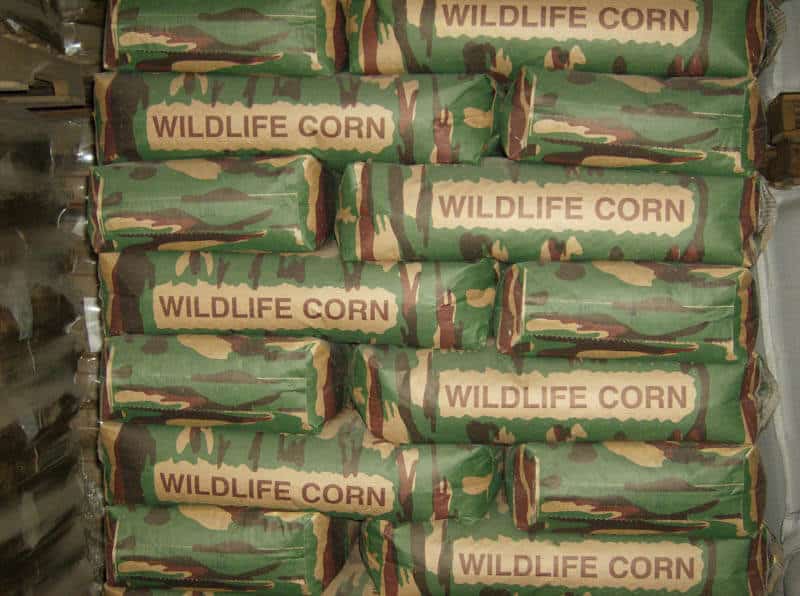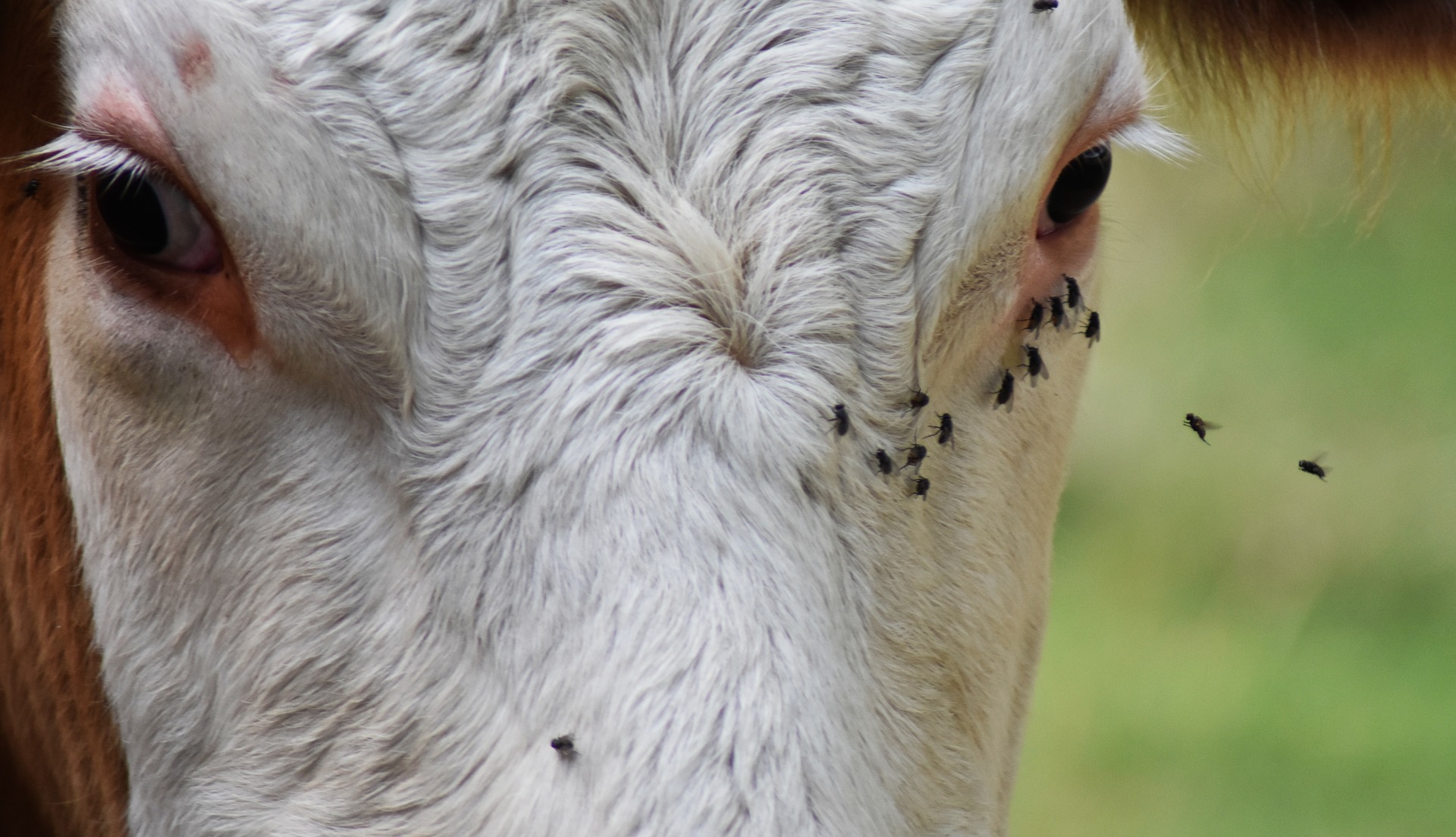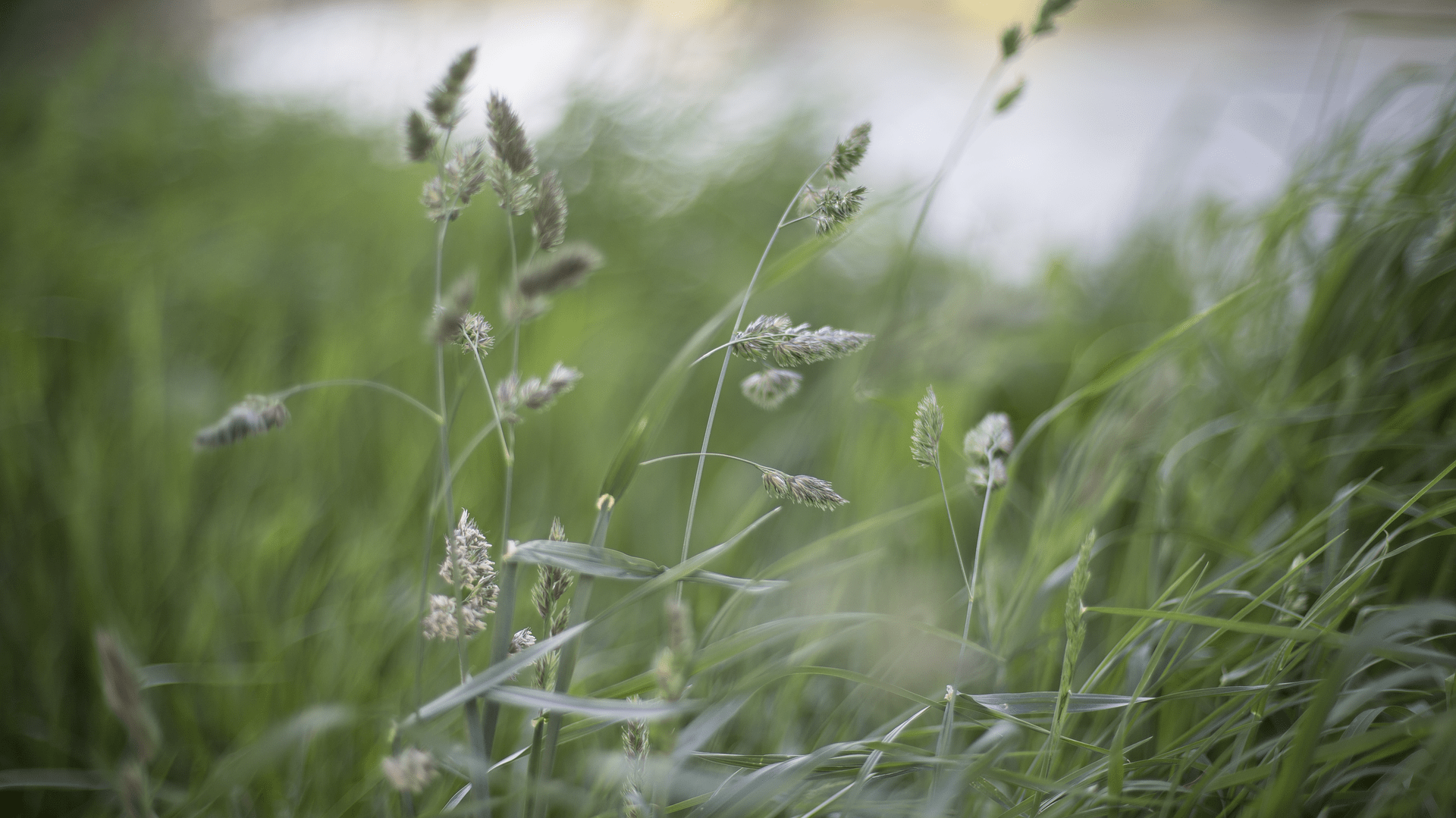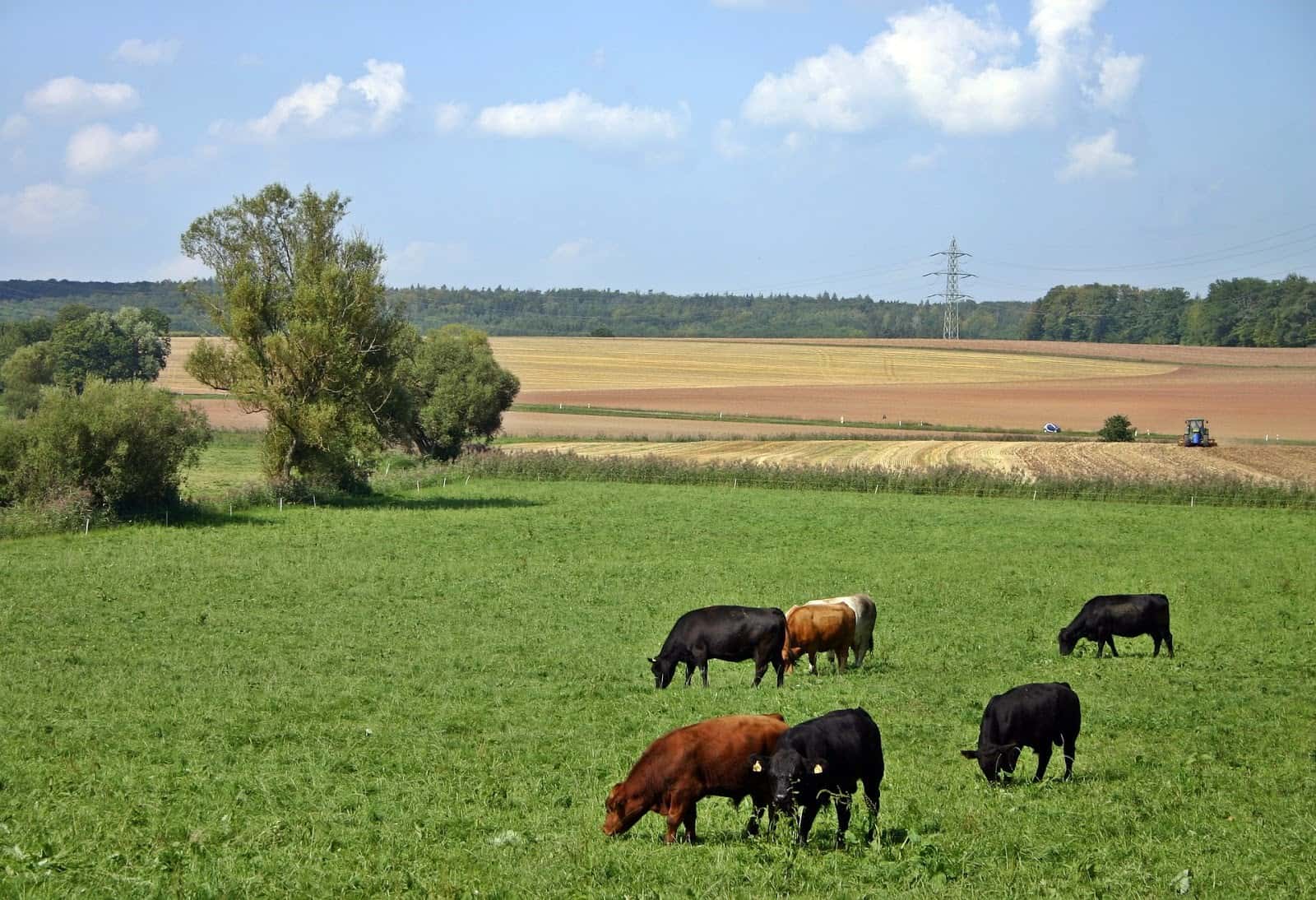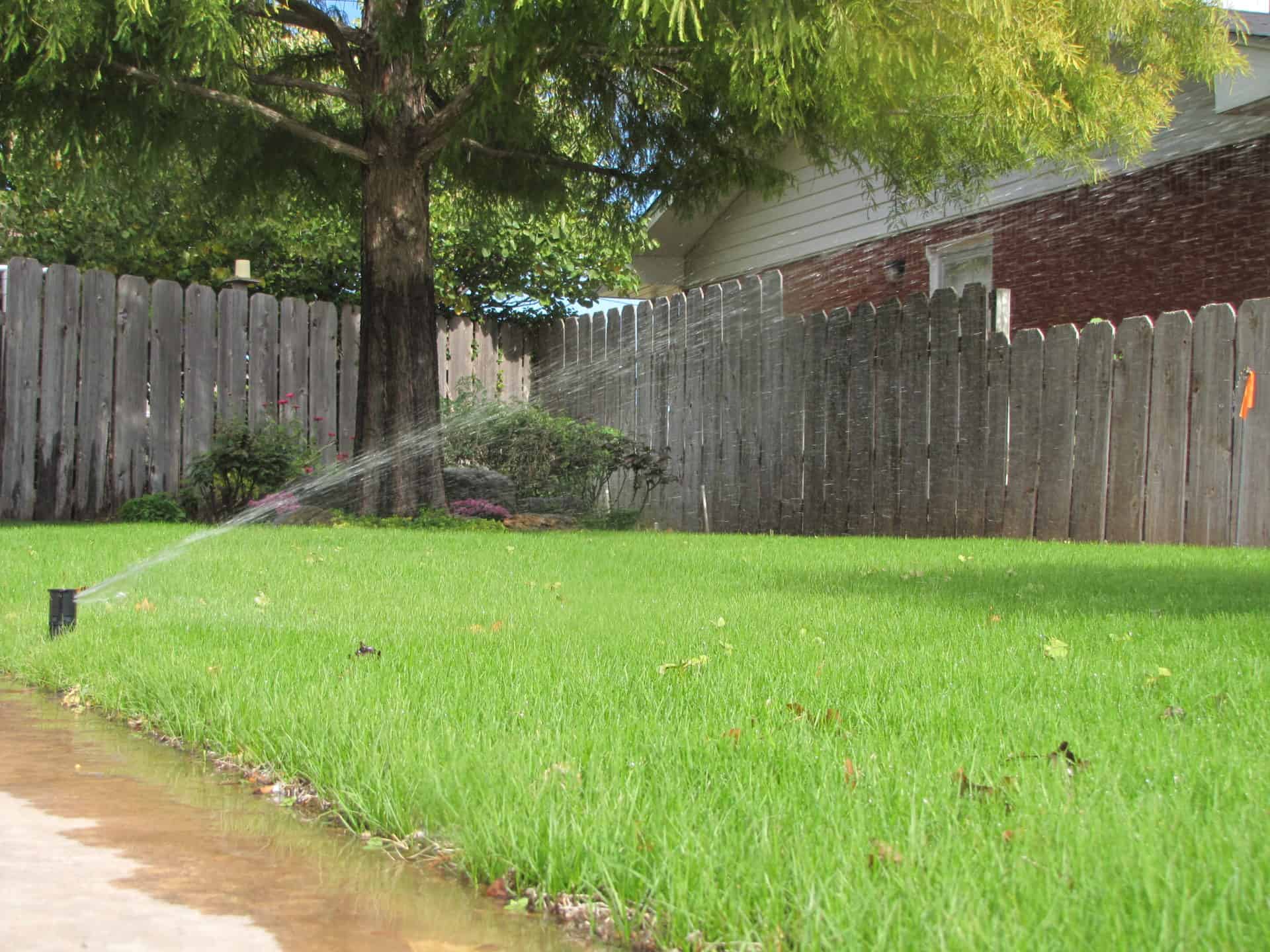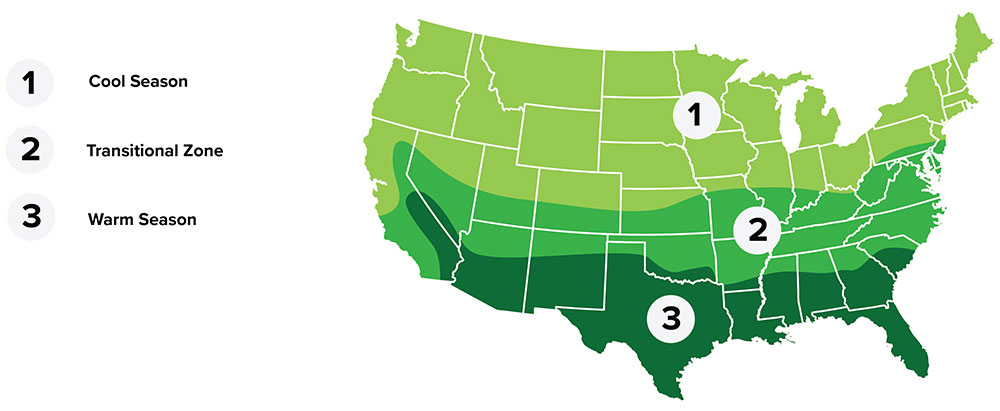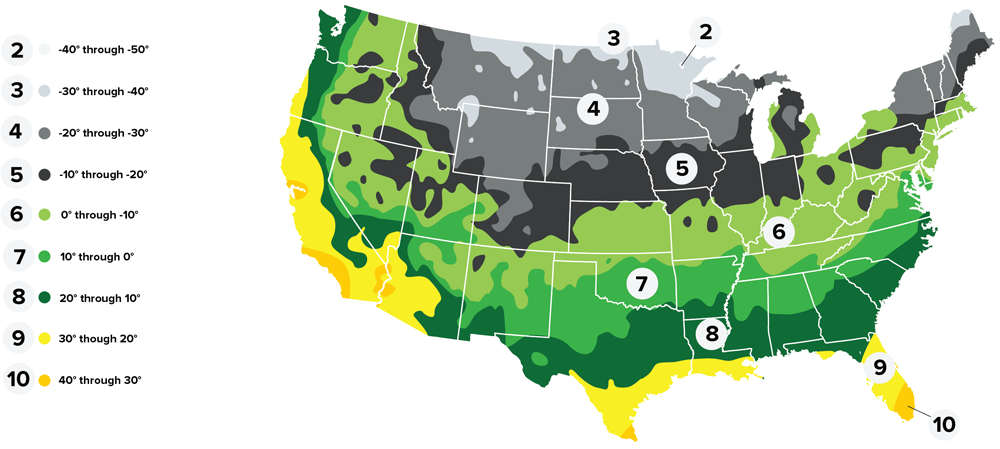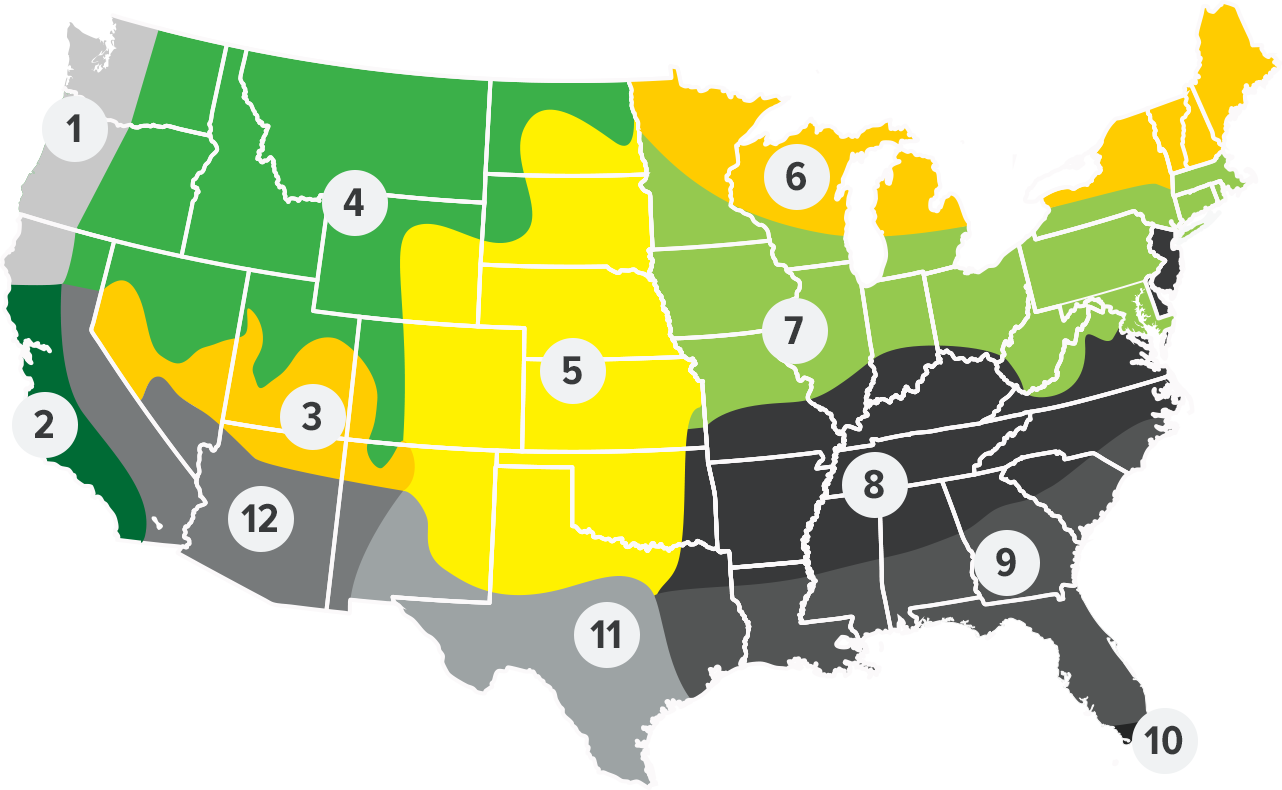Summary
Matua Prairie brome (Bromus wildenowii Kunth) is a very widely adapted prairie bromegrass. It has a great track record as a grazing species under irrigation in the arid Southern USA. Further north it does well as a grass companion in hay fields. More recently, its role in wastewater management has been proven. Matua seed is treated to prevent headsmut and processed to ensure free flowing seed at time of planting. Certified Matua is easily recognized by its pink color.
Plant Characteristics
Taxonomy
Zone
- Regional Growing Zone
- 2 - California Coastal, 3 - Southern Mountain, 4 - Mountain, 5 - Midwest, 9 - Southeast, 10 - South Florida, 11 - South Texas, 12 - Southwest
- USDA Plant Hardiness Zones
- 5, 6, 7, 8, 9, 10
- Temperature Zone
- Warm, Cool, Transitional
Plant Characteristics
- Height
- 24" - 48"
- Leaf Color
- Green
- Growing Cycle
- Perennial
- Sun Requirement
- Full Sun
Plant Information
- Planting Season
- Fall - Early-Spring
- Plant Depth
- 0.25"
- Minimum Soil Temp for Germination
- 50° F
- Establishment
- Easy
Seed Information
- Seed Treatment
- Coated
- Kingdom
- PLANTAE
- Subkingdom
- TRACHEOBIONTA
- Super Division
- SPERMATOPHYTA
- Division
- MAGNOLIOPHYTA
- Class
- LILIOPSIDA
- Subclass
- COMMELINIDAE
- Order
- CYPERALES
- Family
- POACEAE
- Genus
- BROMUS
- Species
- Bromus Wildenowii Kunth
Coverage Area & Available Sizes
Applications
Matua extends the grazing season by producing earlier, growing later and staying palatable even in the hot summer months. It can easily rival the feed value of alfalfa and out produce ryegrass and orchardgrass by as much as 40 percent.
Matua extends the grazing season by producing earlier, growing later and staying palatable even in the hot summer months. It can easily rival the feed value of alfalfa and out produce ryegrass and orchardgrass by as much as 40 percent.
Matua is well known for its role in wastewater utilization.









